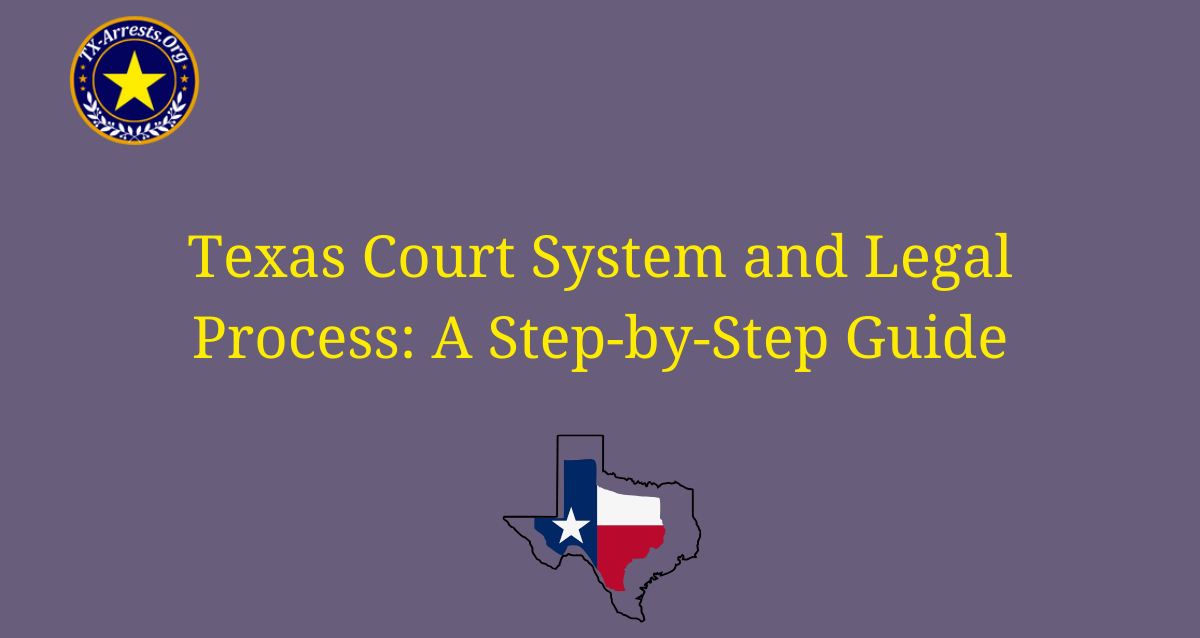Texas Court System and Legal Process: A Step-by-Step Guide

The Texas Court System and Legal Process can be complex and intimidating for those who are not familiar with it. Understanding the step-by-step guide can help individuals navigate through the legal system with confidence and clarity.
From the initial filing of a case to the final resolution, the Texas Court System follows a well-defined process that ensures fairness and justice for all parties involved. This guide will provide a comprehensive overview of each step, outlining the roles and responsibilities of the different courts and legal professionals along the way.
Navigating Texas Courts: Step-by-Step
Navigate the Texas court system and legal process seamlessly with our step-by-step guide, empowering you through each stage.
Overview
The Texas Court System and Legal Process can be complex and intimidating for those who are not familiar with it. Understanding the step-by-step guide can help individuals navigate through the legal system with confidence and clarity.
Filing a Case
The first step in the Texas Court System is the filing of a case. This involves submitting the necessary paperwork and paying the required fees. It is important to ensure that all the required information is provided accurately and completely to avoid any delays or issues in the process.
Case Assignment
Once a case is filed, it is assigned to a specific court. The assignment is based on the type of case and the jurisdiction of the court. Different courts handle different types of cases, such as civil, criminal, or family law. It is important to understand which court has jurisdiction over your case to ensure it is assigned correctly.
Pretrial Proceedings
After the case is assigned, pretrial proceedings begin. This phase involves various activities, such as gathering evidence, conducting depositions, and filing motions. It is important to have a thorough understanding of the pretrial process to ensure all necessary steps are taken to build a strong case.
Trial
The trial is the central part of the legal process. It is where both parties present their arguments, evidence, and witnesses before a judge or a jury. During the trial, it is crucial to have a clear understanding of courtroom procedures, rules of evidence, and effective communication strategies to present a compelling case.
Post-Trial Proceedings
After the trial, post-trial proceedings take place. This may involve motions for a new trial, appeals, or other legal actions. Understanding the post-trial process is essential to navigate through any further legal steps that may be required in order to achieve a favorable outcome.
FAQs
What is the Texas Court System and Legal Process?
The Texas Court System and Legal Process refer to the judicial system in the state of Texas, which includes various courts and procedures for handling legal matters.
What are the different types of courts in the Texas Court System?
The Texas Court System consists of several types of courts, including municipal courts, justice courts, county courts, district courts, appellate courts, and the Texas Supreme Court.
What is the role of municipal courts in the Texas Court System?
Municipal courts handle cases related to city ordinances, traffic violations, and other minor offenses within a specific municipality.
What types of cases are heard in justice courts?
Justice courts handle civil cases with a limited amount in controversy, small claims cases, and some criminal cases, such as Class C misdemeanors.
What is the jurisdiction of county courts in the Texas Court System?
County courts have jurisdiction over misdemeanor criminal cases, probate matters, and civil cases with higher amounts in controversy compared to justice courts.
How does the appellate court system function in Texas?
Appellate courts in Texas review decisions made by lower courts to determine if there were any errors of law. They primarily handle appeals from district courts and some administrative agencies.
Conclusion
The Texas Court System follows a well-defined process that ensures fairness and justice for all parties involved. By understanding each step, individuals can confidently navigate through the legal system. This comprehensive overview provides insights into the roles and responsibilities of the different courts and legal professionals, empowering individuals to make informed decisions throughout their legal journey.






